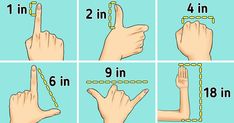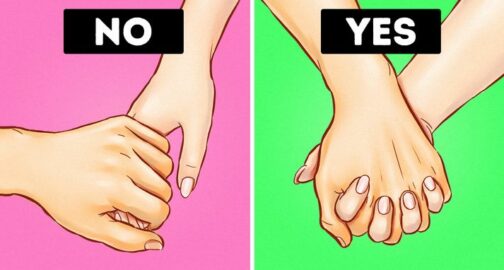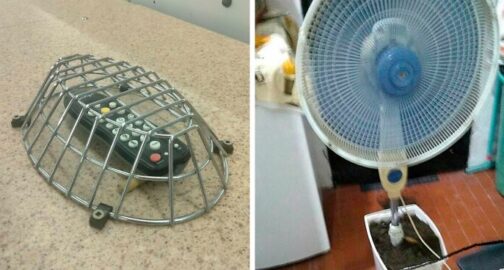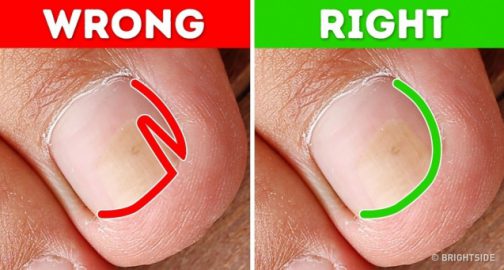
An ingrown toenail is a common problem and happens when the side edge of a toenail grows into the skin tissue around it. According to statistics, 18% of US adults have experienced it at least once in their lives. It’s important to treat ingrown toenails as soon as they start in order to prevent infection and to keep it from getting worse.
Bright Side has gathered the most common and proven remedies against ingrown toenails. Remember, to be forewarned is to be forearmed. Read carefully through this article in order to be aware of how to treat them if they occur.
1. Prepare a tub with Epsom salt.
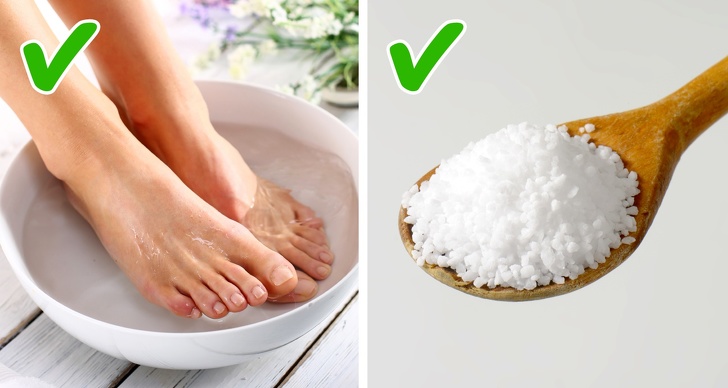
Soaking your feet in warm water with Epsom salt will help you to reduce any soreness. Also, the nail will get softer and easier to cut afterward.
2. Use apple cider vinegar.
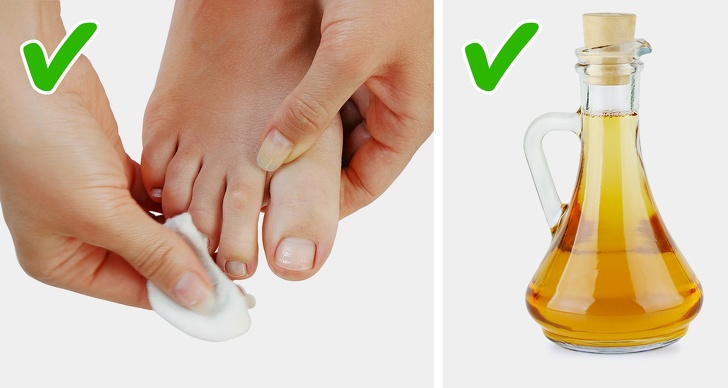
Apple cider vinegar is known for its antiseptic and anti-inflammatory qualities. It’ll help to prevent infection and relieve the swollen skin.
3. Make turmeric paste.
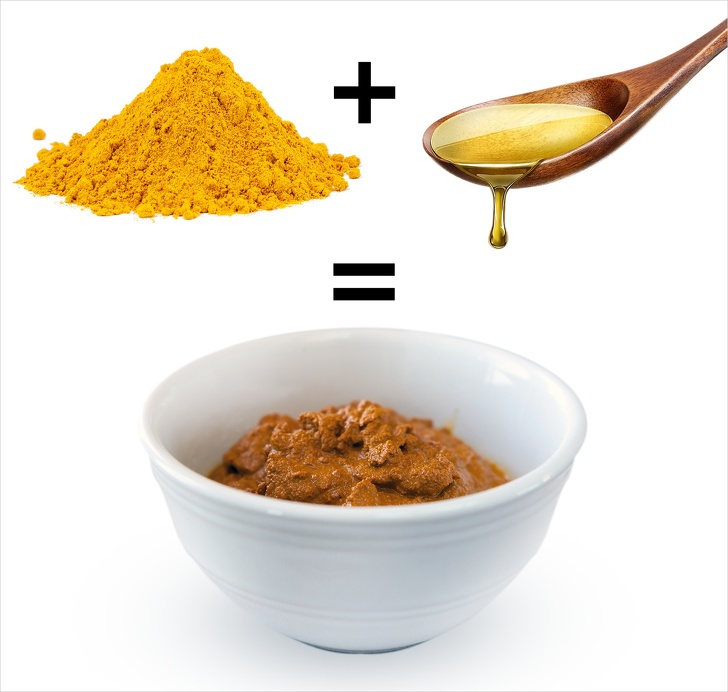
Turmeric paste has anti-inflammatory and pain-relieving qualities, so it will reduce the swelling and the pain from the ingrown toenail.
4. Apply lemon juice and honey.

Lemon and honey have a great antimicrobial effect on the skin. They’ll fight the possible infection in the affected toe.
5. Keep the nail raised with a cotton wedge.
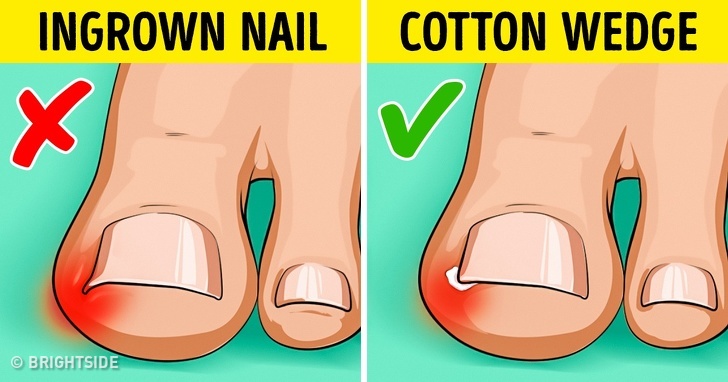
In order to keep your toenail slightly raised, place a small cotton wedge under it.
6. Lift the nail with dental floss.
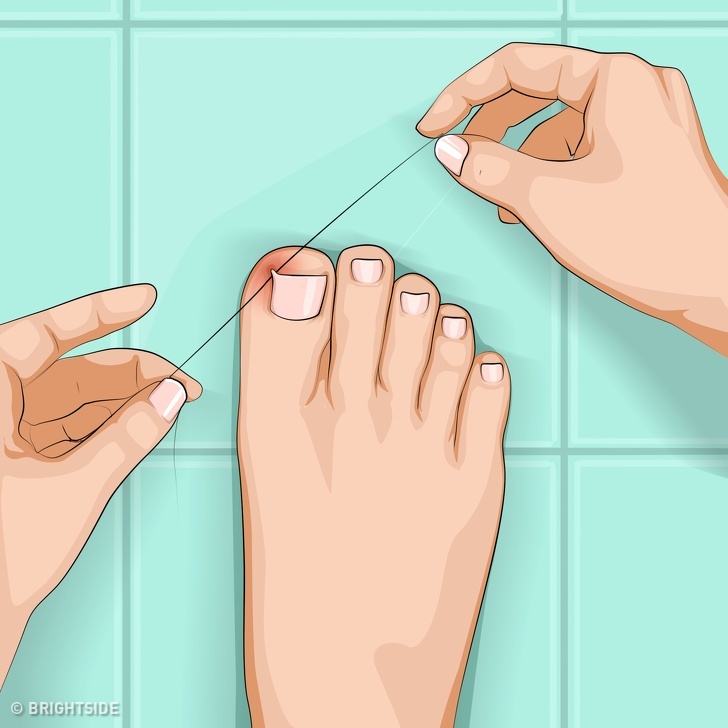
This works better right after soaking in a foot tub, causing the skin and nail to get softer.
7. Trim your toenails correctly.
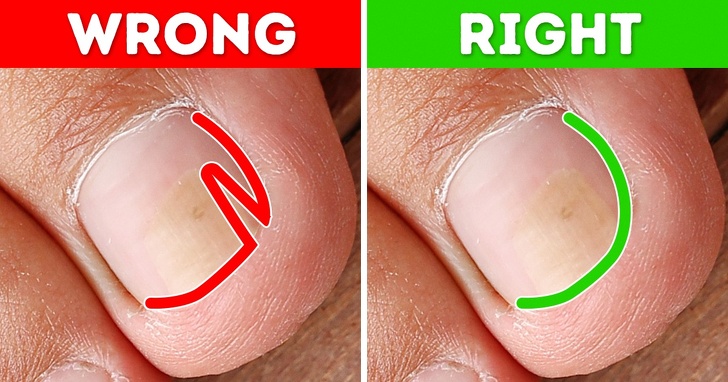
In order to prevent ingrown toenails from occurring again, learn how to trim your nails correctly.
8. Wear comfortable shoes.
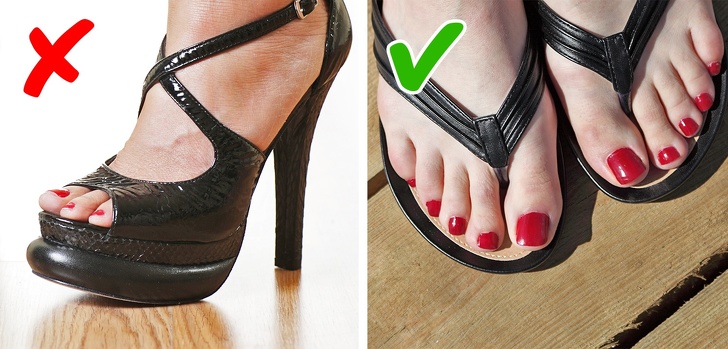
Choose open-toed sandals and sensible footwear in order to provide extra room for your toes. An ideal variant would be those made of soft fabrics that allow your skin “to breathe” while leaving room for your toes. Actually, tight and uncomfortable shoes are one of the reasons toenails might start growing into the skin in the first place. High heels aren’t an option either, as they add pressure to the toes.
9. See your doctor.

If nothing helps and your toe doesn’t get better in 2-3 days, see your doctor. They might prescribe an oral or topical antibiotic. Your general practitioner is usually able to treat an ingrown toenail but if it looks like a complicated case and is painful with extreme swelling, you’ll probably want to see a podiatrist.
Have you ever experienced ingrown toenails? What helped you get rid of the problem? Help us to learn from your experience in the comments below.
Preview photo credit Depositphotos.com Illustrated by Alena Sofronova for BrightSide.me



